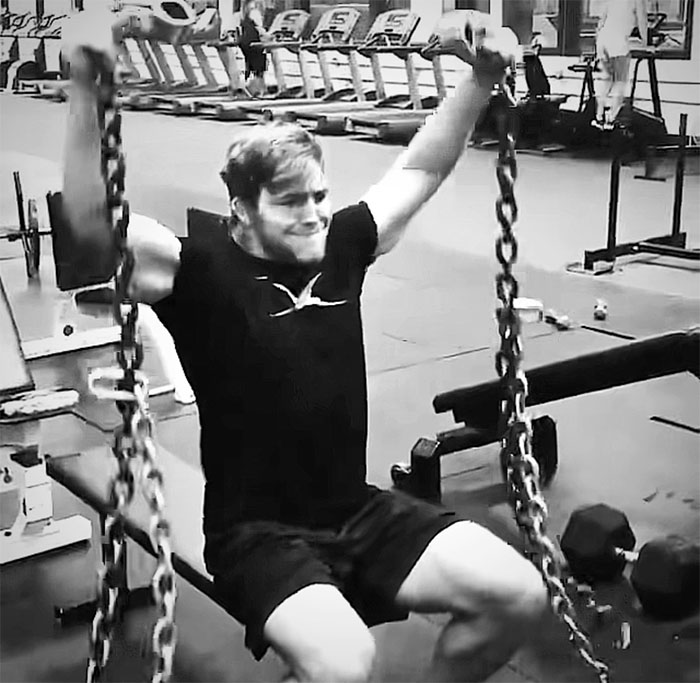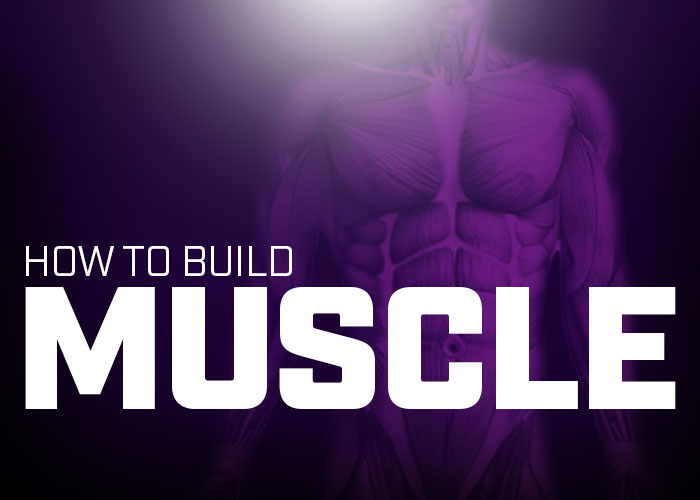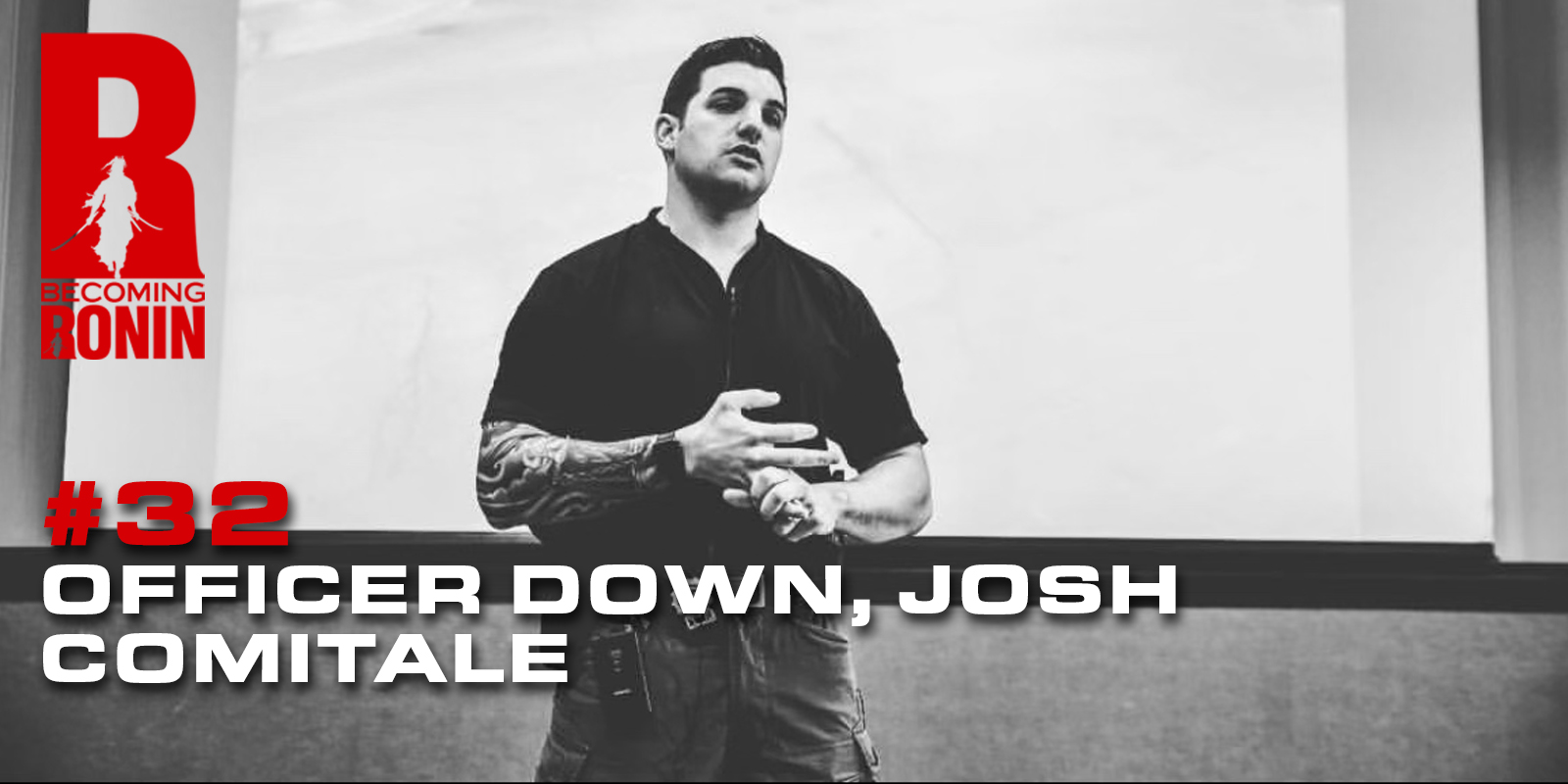Chaos Bench – Advanced Upper Body Pressing Strength
Chaos Bench
Advanced Upper Body Pressing Strength
In my Chaos Manual (published in 2005), I talked about “bridging the gap between GPP and SPP“. Applying chaos theory into the weight room allowed me to start incorporating all of the ideas I had been working on over the years and get really creative. Unfortunately, because of the massive amount of research and information, the Chaos Manual took me 2 years to write. But it is something I can be really proud of.
One exercise I talked about in the manual was Chaos Bells.
Chaos Bells and Chaos Training
Chaos Bells involved connecting dumbbells or kettlebells to an implement with a non-rigid connector, i.e. elastic band and lifting it through a conventional strength training movement pattern, i.e. horizontal push | pull, vertical push | pull and so on…
The benefits of this type of movement was immediate.

Chaos Bells Benefits
– greater stabilization across engaged kinetic segments
– increased work capacity (GPP)
– greater motor unit, muscle fiber activation (neural efficiency, intramuscular coordination)
– great deceleration capabilities as the time under tension (TUT) increased, especially during end range of the movement
– rehabilitation
– increased balance (balance of movement and balance of musculature)
– increased mental focus
– greater capacity for tension and intermuscular coordination
For our application today, we are showing a chaotic pressing movement. You can see Louie Simmons dominating some chaos bench pressing when we visited him in 2009 – HERE. He demonstrated this movement with his patented bamboo bar, but we’ve done the some thing with a conventional barbell with great success.
What you’ll see in the video, as we lift, the instability is determined by lifter’s physical ability to resist movement (rapid adjustments of the kettlebell, i.e. the center of mass of the kettlebell is a constant but it’s direction and magnitude changes because of the bands), current fatigue levels, the elasticity of the bands, the speed of movement and the load (weight of the dumbbell or kettlebell).
The harder I push, the movement “slingshot” effect and movement potential (marked with the yellow force vectors) you’ll feel with the bands.
The weaker I am, more fatigued or the more unstable (shoulders, elbows, wrists – marked with the red bulls eyes), the more oscillation you’ll see.

You’ll notice in the video, it is my last set. I was very fatigued because this movement was coupled with a pulling movement and I was at my last set. Because of this, the instability becomes more of a factor because I was in a fatigued state (physically and neurologically). During my earlier sets, the movement was much more stable. Remember, fatigue changes everything!
Recommendations
1. Perform as a supplemental exercise, not as a max effort
2. Experiment with different bands to find the right stability / instability
3. Perform 3-4 sets of 8-12
4. Do not go to failure
Other Cool Articles / Videos
Louie Simmons – Chaos Benching
Get Your Yoke on with Chaos Shrugs
References
1. Smith, James. The Chaos Manual, Dieselcrew.com, 2005.
 |
 |
By Smitty on January 19th, 2011
FREE DIESEL NEWSLETTER
- Discover Pain Free, Joint-Friendly Training
- Get Super Effective Workouts and Programs
- Inspirational Life Lessons Each Week
- Effective Habits For Busy Entrepreneurs















Jim,
Great stuff. What other movements could you use something like for. For example, military press?
Must be funny trying this with a rolling thunder or such a thing 😉
Keep it up smitty